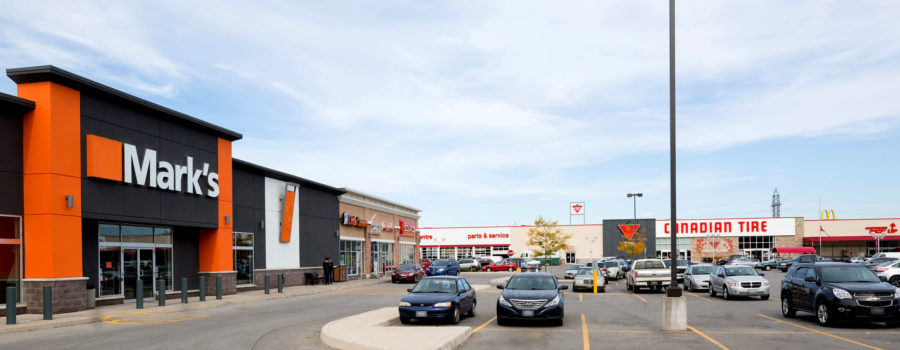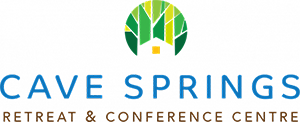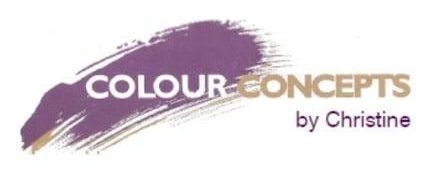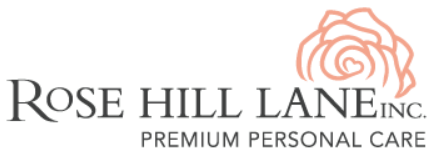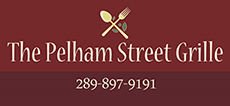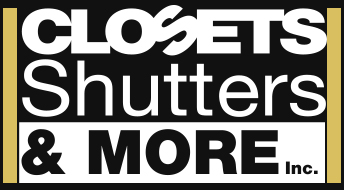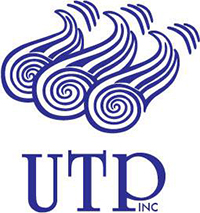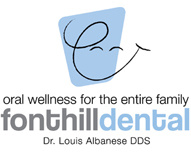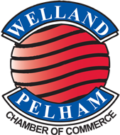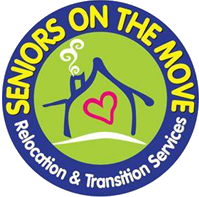The buildings we live in have direct and indirect impacts on both our health and the health of our planet. There are numerous sustainability rating systems that have been developed to help us contruct and make our existing buildings more efficient and sustainable. We discussed a few of those in a past article (LEED and LBC), and we’ll examine a few more building sustainability certifications that are widely used in Canada below.
1) BOMA BEST: Building Owners and Managers Association (BOMA) Building Environmental Standards (BEST)
BOMA BEST is a voluntary national certification program for buildings in Canada that started in 2005. This certification aims to assess the environmental performance and management of buildings in ten key areas: energy, water, air, comfort, health & wellness, custodial, purchasing, waste, site and stakeholder engagement.
Building owners complete an online assessment and have an on-site verification by a third-party to then qualify for one of five levels of certification: Certified (attained up to 19 per cent on the questionnaire), Bronze (attained between 20 to 49 per cent on the questionnaire), Silver (attained between 50 to 79 per cent on the questionnaire), Gold (attained between 80 to 89 per cent on the questionnaire) and Platinum (attained between 90 to 100 per cent on the questionnaire). The certification is valid for a three-year period.
Since the BOMA BEST certification can be applied to buildings of all sizes, it is very popular among building owners and managers in the real estate sector. The certification also provides economic advantages as the operation and maintenance costs of the buildings can be reduced through the installation of high-efficiency systems. Obtaining a building BOMA BEST certifion can also help to attract and retain tenants are many renters are now prioritizing environmental efficiency.
2) BREEAM: Building Research Establishment Environmental Assessment Method
Developed by the Building Research Establishment (BRE) in 1990, BREEAM is the world’s first and oldest established sustainability rating system for buildings and is used in more than 90 countries. The BREEAM rating can also be obtained for community planning and other infrastructure projects, commercial buildings and homes that have been renovated. BREEAM asesses energy, health & well-being, innovation, land-use, materials, management, pollution, transport, waste, and water. There are five BREAAM ratings for buildings: Outstanding (85 per cent and above), Excellent (70 per cent and above), Very Good (55 per cent and above), Good (45 per cent and above) and Pass (30 per cent and above).
3) Energy Star Certification for buildings
The ENERGY STAR symbol is a well-known addition to many of our appliances. This energy efficiency rating was established by the United States Environmental Protection Agency in 1992 and is one of the most common rating systems for electrical and electronic appliances. But did you know that buildings can be ENERGY STAR-certified, too?
Getting an ENERGY STAR certification for your building involves scoring well on these four benchmarks: energy use, water use, waste and materials. The ENERGY STAR certification uses a scoring system out of 100; a score of 50 is the median energy efficiency performance, and a score of 75 or more means top performance. The aim of this certification is to encourage homeowners to improve efficiency and save money. The certification is valid for one year.
Buildings are increasingly being certified in the Niagara Region through these various sustainability rating systems and certifications—which is a good thing. It shows the potential for property owners to make impactful contributions to boosting Niagara’s local economy and lend momentum to climate change mitigation and adaptation programs in the future.
The researchers involved with the MEOPAR project are working to raise awareness about the impacts of climate change and how communities can effectively adapt, and increase resilience, to these changes. Follow along with our blog every week (written by researchers Liette Vasseur, Meredith DeCock, Bradley May, Pulkit Garg, Sam Gauthier and Jocelyn Baker) to learn more about the project and how you can get involved. You can also visit our website at brocku.ca/unesco-chair or email us at meopar-lincoln@brocku.ca
Photo Caption: The Grimsby Square Shopping Centre in the Niagara Region is BOMA BEST Silver certified
 Back to myNiagaraOnline
Back to myNiagaraOnline










